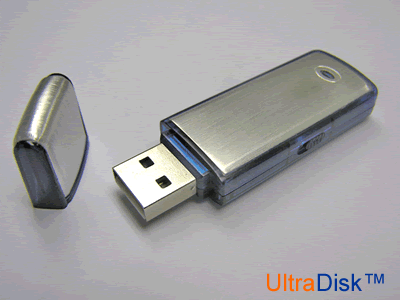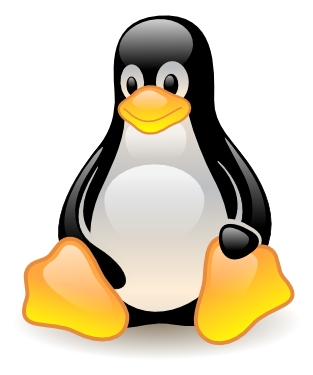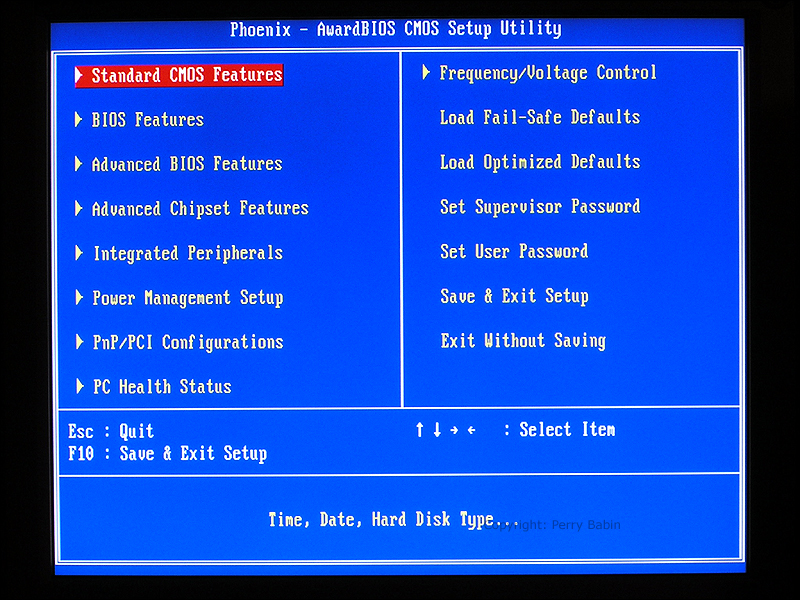How to Make Flash Media Bootable: a Guide
by csteinmetz1 in Circuits > Linux
8832 Views, 18 Favorites, 0 Comments
How to Make Flash Media Bootable: a Guide

The average computer user has at least heard about "Linux". Now there are probably about four reasons you are reading this now. One, you want to boot Windows on flash media. Two, you want to put Mac OS on flash media. Three, you want to put Linux on flash media or you are just reading this because you having nothing better to do. I am sorry to say that I will not be showing you how to put Windows or Mac operating systems in flash media. So if that is what you want to do, stop reading now and go do something else. So if you are still reading this I assume that you want how to put Linux on to flash media.
Find Your Flash Media

The first step in making a bootable device is finding the device that you will be putting it one. This is one of the most important steps, if not the most important. There are a wide range of devices that you can use. I will just list a few.
1. Flash Drive 512MB-64GB
2. Memory Cards
3. MP3 Players(NOT iPods)
4. External Hard Drive
5. Cell Phone Memory
If you know of any other flash devices that could be used please tell me. Not all of the devices above will always work, it will depend upon the specifics.
1. Flash Drive 512MB-64GB
2. Memory Cards
3. MP3 Players(NOT iPods)
4. External Hard Drive
5. Cell Phone Memory
If you know of any other flash devices that could be used please tell me. Not all of the devices above will always work, it will depend upon the specifics.
Finding the Right Flavor

There are many different "Flavors of Linux. I will list just some of my favorites put you can just visit http://distrowatch.com/
1. BackTrack 3 (My personal favorite, but I don't recommend it to a first time Linux user) http://www.remote-exploit.org/backtrack.html
2. Ubuntu 8( This is the all around best Linux OS) http://www.ubuntu.com/
3. SLAX ( The best OS for small devices) http://www.slax.org/
4. DSL ( The absolute smallest Linux OS 50MB)http://damnsmalllinux.org/
5. OPHCRACK ( a Linux based password cracker)http://ophcrack.sourceforge.net/
Once you have decided what flavor of Linux you want to install onto your bootable media you will need to download the ISO. You can usually get this at the OS's website or on a Google search.
If you have downloaded the Linux ISO you are ready to move onto the next step.
1. BackTrack 3 (My personal favorite, but I don't recommend it to a first time Linux user) http://www.remote-exploit.org/backtrack.html
2. Ubuntu 8( This is the all around best Linux OS) http://www.ubuntu.com/
3. SLAX ( The best OS for small devices) http://www.slax.org/
4. DSL ( The absolute smallest Linux OS 50MB)http://damnsmalllinux.org/
5. OPHCRACK ( a Linux based password cracker)http://ophcrack.sourceforge.net/
Once you have decided what flavor of Linux you want to install onto your bootable media you will need to download the ISO. You can usually get this at the OS's website or on a Google search.
If you have downloaded the Linux ISO you are ready to move onto the next step.
Get UNetBootin!

First, you will need to download UNetBootin. You can get it here at http://unetbootin.sourceforge.net/unetbootin-windows-latest.exe
Once you have downloaded it you will need to run it.
1. You need to select the Diskimage option
2. Click "..." to tell it where you downloaded you ISO image to
3. This is the most important part and where you could potentially harm your devices. Make sure you select the right drive name that you want to add the Linux OS to.
4. Finally click OK to start
Once it is finished it will ask you to restart your computer. You don't have to do this step but if you want to get right into your new OS you will need to.
Once you have downloaded it you will need to run it.
1. You need to select the Diskimage option
2. Click "..." to tell it where you downloaded you ISO image to
3. This is the most important part and where you could potentially harm your devices. Make sure you select the right drive name that you want to add the Linux OS to.
4. Finally click OK to start
Once it is finished it will ask you to restart your computer. You don't have to do this step but if you want to get right into your new OS you will need to.
Set Your BIOS

Every computer(except Macs) has a BIOS. BIOS stands for Basic Input/Output System .This is where you need to tell you computer to boot from the new OS on your flash media not your hard drive. To get into the BIOS you will need to hit a certain key while your computer is booting. It will tell you on the screen which one to press. It is usually "Delete" "F12" or "F2". Once you have set it to but from the flash media exit and save your changes. It will then boot again and this time it will boot from the Linux OS on you flash media. There you go! Now you can bring your own personal computer with you at all times and boot from it on any computer that supports booting from the USB.
Let the Fun Begin!
Now you know how to add a Linux OS to flash media and boot from it. You can use any ISO image to put on your device. You could put Windows or Mac onto a flash drive if you had a large enough device (16GB) and could find someone who had compiled a ISO image of it. If you do come across this please tell me. I hope this inscrutable was useful to you. This was my FIRST inscrutable but have been a member to the site for over a year.